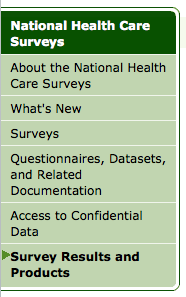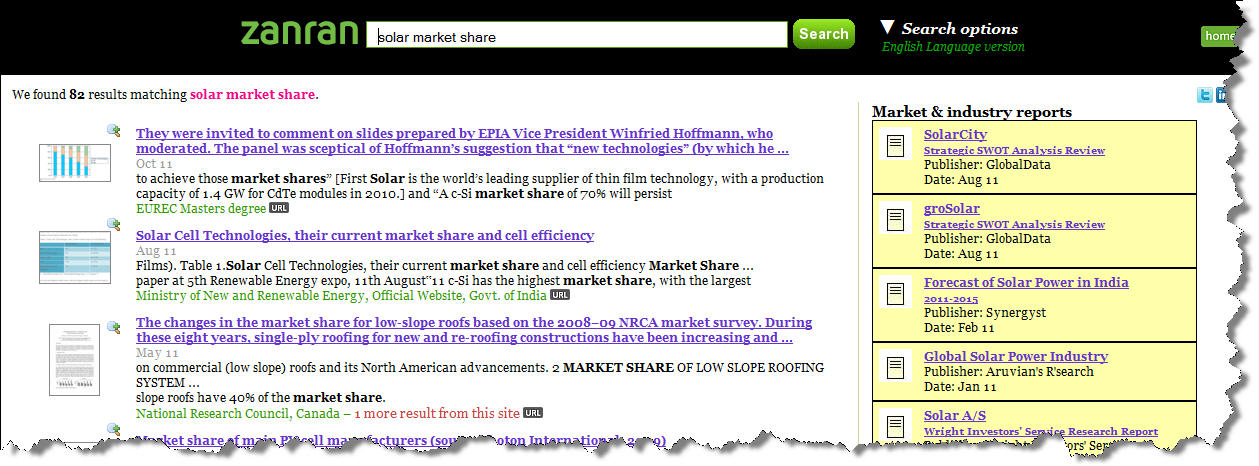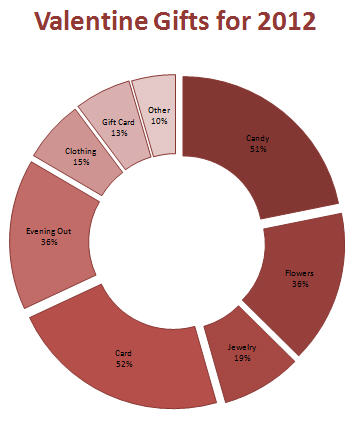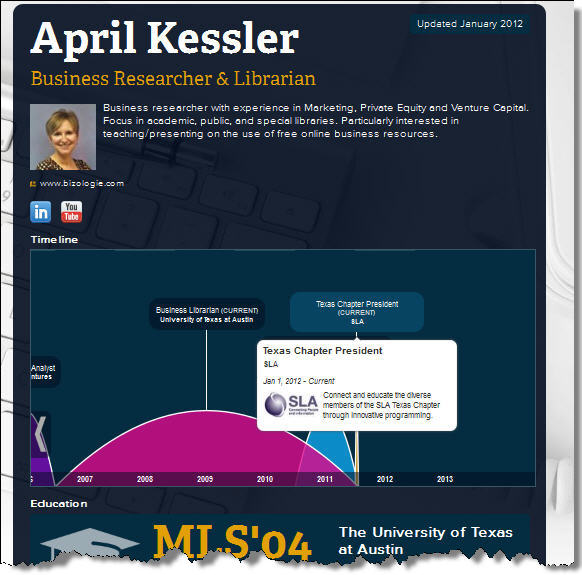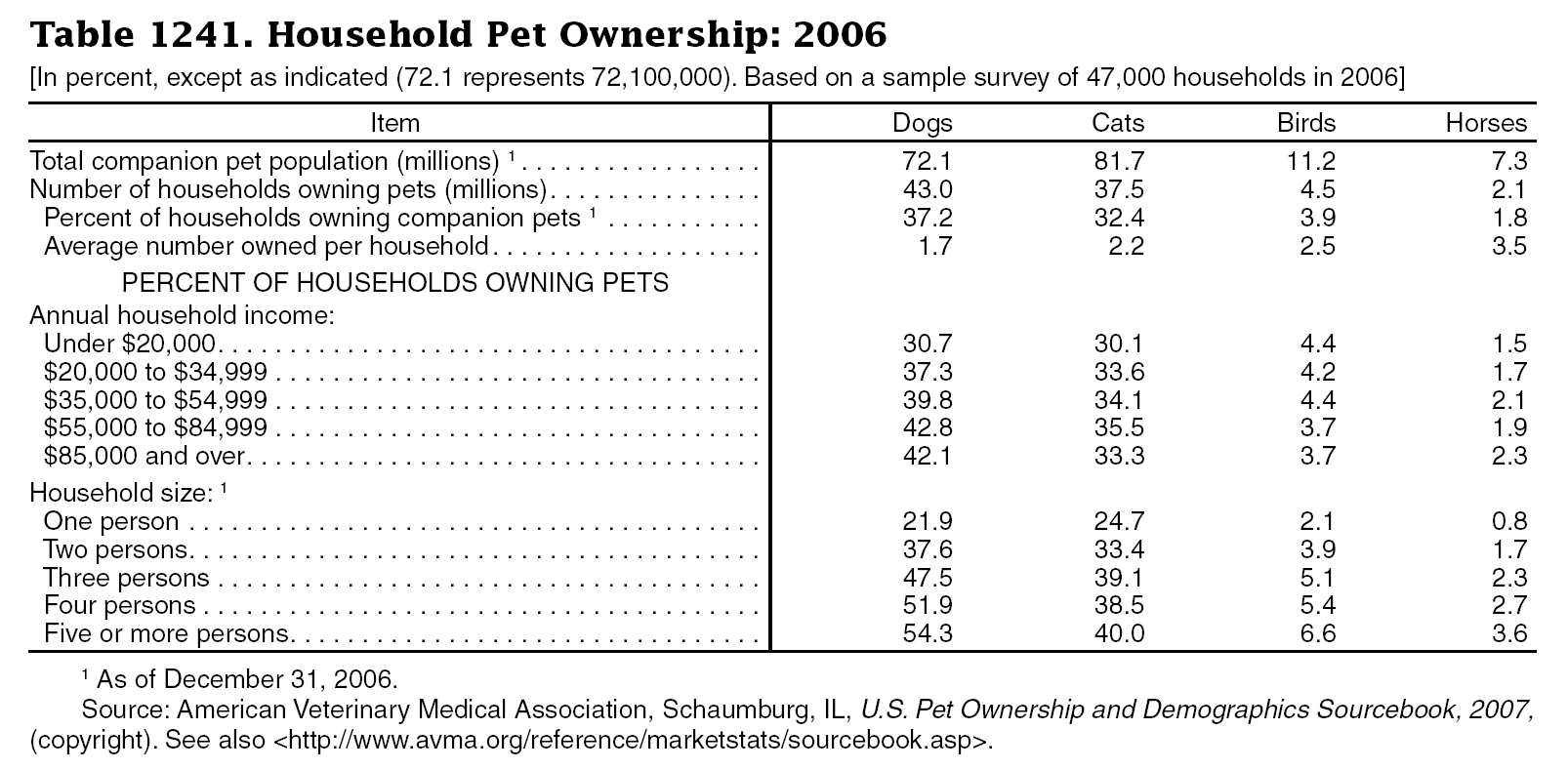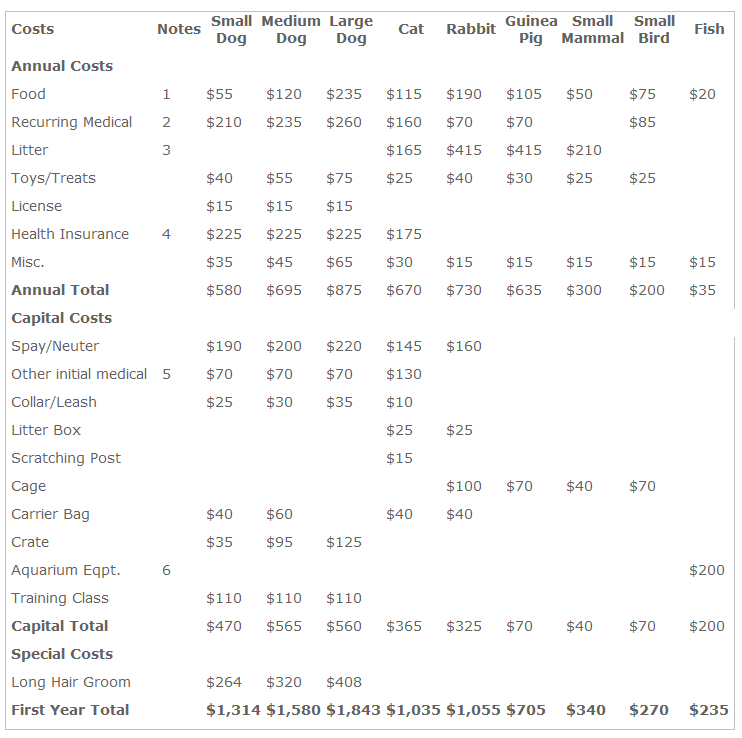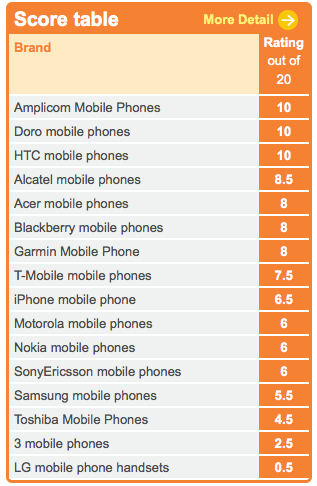Today we're featuring local Austin artist, Katheryn Hill. Kathy makes beautiful lamps made from found and recycled items, like gemstones and legos. Below she explains how she got started and what goes into her art:
This is art with a side job. These one-of-a-kind handmade lamps are made to either convey a message, show your favorite talismans, be a good luck charm for your house, describe who you or your family is, and no matter what, they start a conversation and definitely say a lot without a word being spoken.
I needed to make extra money while my new husband and I moved to Seattle with no credit cards and the cost of living from Denton to Seattle was quite a difference! I taught myself how to make jewelry and sold them for years. With time, I accumulated a lot of inventory of all kinds because not all beads make good necklaces or earrings. I held on to them and one day I had a brainstorm- light would look really pretty coming through all these beads!
I wanted to make my sister something special for her birthday so I tried my first lamp using the beaded lamp shade. It was a hit! I have branched out with all sorts of lamps. I love to find materials at garage sales. The ugliest old jewelry can be used. I found one of those long, wooden necklaces with African animals carves on it and used them for my niece's nursery lamp that had an animal theme!
One of my favorites was for my father-in-law who said that he "liked my lamps but they weren't his cup of tea". About 5 minutes after he said that I dedicated myself to making one that he'd want. He's an avid bass fisherman and I made a lamp with fishing gear, all kinds of baits, bobbers, etc. and he loved it! This is when I officially switched to fishing line to make the strands for the shade! I wanted my mother-in-law to take part too, so I added charms that fit with her hobbies and personality, and then decided to add the grandchildren with small picture frames on the shade. The lamp base is a tree so now they have a scrapbook with a side job along with a family tree. It's really cool seeing the grandkids gently looking at it to find their baby pictures.
And after a few years, my son asked when he could get a lamp but not with the beads. Hmmmm....He's planning to be a lego master builder one day, so I decided to go with legos. That was great fun adding the windows and doors to let the light out. You have to keep the shade as is and add the legos to it or the legos would melt if the bulb is too strong.
Part of the fun is I can garage sale shop and antique store and goodwill shop for the lamp bases, old ugly jewelry that no one wants anymore and buy recycled legos to make my treasures. I love getting jewelry that people have saved for years and don't know what to do with after years of keeping them in a box. Some things just shouldn't be jewelry... wooden animals on wooden necklaces- not a good idea.
Each piece is so unique. I am unique in what I do and how I put this stuff together, and it is for you, the unique individual that will have the only lamp of its kind made especially for you. It is a great way to make a house a home, and a useful way to add light and art to your life.
Katheryn Hill
Light up your life with a custom made lamp by moondapple!
You can check out Kathy's lamps and find more information on her Etsy page.







